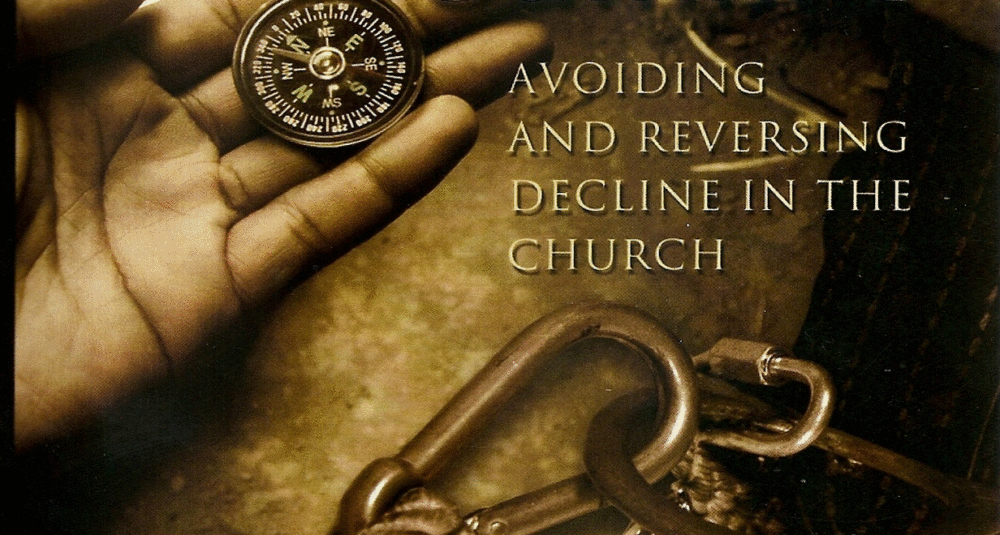Last month I wrote a couple of articles on organizational processes. The first, “It’s Not your People” described that while the first accusations are usually “Our people”, people are rarely the issue. It is most aways something in your processes. The second article, “Help with Processes,” attempted to help you understand processes using real life examples.
Processes are those repetitive actions you use to accomplish your goals and advance the mission or purpose of your organization. The church’s God-given purpose is to fulfill The Great Commission. Therefore, the processes your church uses are the repetitive actions and practices to supposedly bring people to know Christ, follow in baptism, and grow into mature disciples who are growing others into mature disciples.
On the basis of that last paragraph, more than 80% of U.S. churches are failing in their processes. How can we say we have healthy processes when even our attendance numbers have been greatly shrinking over the last 30 years? Attendance is only a brief indicator. Attendance does not reveal discipleship. It does show we are not multiplying disciples. We need better processes.
Books can be written on good or best practices as long as they stop short of saying you must do it “our way.” Each church must spend quality time in prayer – at a deeper level than normal and each step of their process must also be bathed in prayer. Your first step may be to designate a special prayer team of your most dedicated prayer warriors. This team will not only pray but lead the church in seasons of prayer as your leadership works to develop and implement new/renewed processes for the church.
In the article, It’s Not your People, I gave five questions to ask. This is a good place for your leadership/Process team to begin. The following are suggestions for furthering the process renewal. Please, do not undermine the power of prayer throughout the design and develop process.
1, Identify your what, your purpose. In this phase you may want identify one expectation that your entire church should desire. Or you could identify up to three, how to lead people to know Christ, baptism, and growing current and future members into mature disciples making disciples.
2, Identify behavior patterns within the church that are not accomplishing your answer to number 1. Behavior Patterns are those repetitive actions or practices of your congregation as a whole and as individuals. Our churches are dotted with poor behavior patterns. Your processes determine what behavior patterns are accepted within your organization.
3, Design a process that will introduce new productive behavior patterns, replacing the unproductive ones. Without new/changed behavior patterns, new processes will never take hold. People are not the issue, but what is allowed and encouraged by your processes.
4, Design new expectations that will be set as the standard. This will be the normal anticipated accountability for leadership and congregation. Please use friendly accountability, not forceful culpability. Friendly accountability is helpful, assisting one another as Hur and Aaron holding up the arms of Moses.
This is the How of your organization. How you will accomplish your purpose. Include the expected steps and who will be accountable for each step and part of the process. Be careful to not just throw in what you’ve always been doing.
5, Simplify your new processes and preach, teach them in every setting from the pulpit and Sunday School class, to every committee meeting and each conversation.
I am out of space for this article. Contact me or your denomination staff for more information and assistance on creating productive processes for your church or organization.
George Yates is an Organizational Health Strategist and coach, assisting churches, organizations, and individuals in pursuing God’s purpose for life. Click here to receive this blog in your email inbox each Tuesday.
